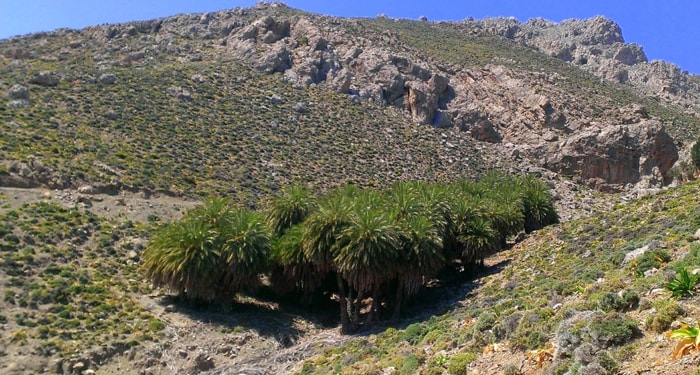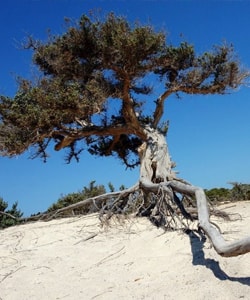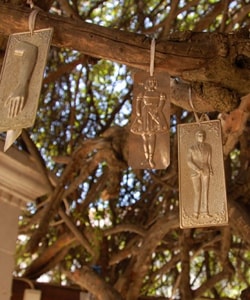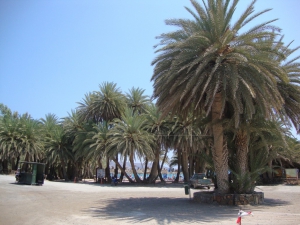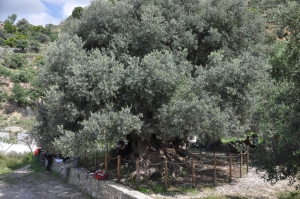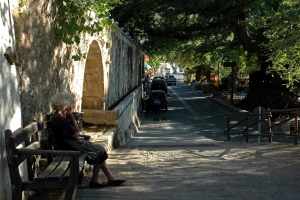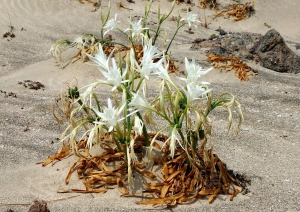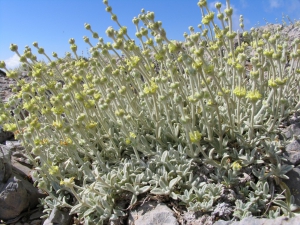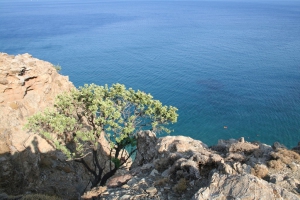The palm of Theophrastus (Phoenix theophrasti), also known as Cretan Date Palm is a rare endemic species of the Aegean Sea, which is met all over Crete, in several Aegean islands and in Antalya (southwestern Turkey).
The legendary olive tree in Azorias is located 1km south of the village Kavoussi and very close to the homonymous archaeological site of Azorias. This olive tree is a natural monument; it is the oldest olive tree in the world! Indeed, it is grafted on a rootstock of a wild olive tree, making it the oldest sample of grafting in the world.
In the village square of Krasi, near Malia, there are three plane trees, the trademarks of the village. The most important of them is the platan in the center of the square, which is considered to be the oldest and most majestic of the plane trees in Crete.
The olive tree has been declared by the Association of Cretan Olive Municipalities as a natural monument because of its shape and the exceptional aesthetics of its relied truck, reminiscent of exceptional woodwork.
The white sand lily (scient. Pancratium maritimum), also known as sea daffodil, amaryllis, lily of Knossos, saffron or crocus is a charming plant that overwhelms the dunes of Crete from August to October. Unfortunately, in recent years its population has been limited to a few beaches, due to the shrinking of its habitats. Thus, the lily is today considered as endangered species and is protected by Greek and international legislation.
Malotira (Sideritis syriaca), also known as Cretan Mountain tea is a herbaceous plant or shrub, 10-50cm long, which is met at ranges over 900m in West Crete (over 900m). The species is endemic to Crete and the name syriaca (instead of cretica) probably comes from a confusion of the botanist who gave the name.
The carob tree can be met everywhere, even on the sidewalks, because of the dense shade and the zero care it needs. Its name (ceratonia) means horn in Greek and is taken after the shape of its edible seed pods. Carob tree can reach a height of 18m and the age of 100 years, while its leaves are round, hard, dense and frost- tolerant. It grows in the arid and rocky coastal areas of the island at an average distance from each other.
The cedars of Crete (Juniperus macrocarpa and Juniperus phoenicea) form some of the most important ecosystems in Greece, the cedar groves on the dunes of southern Crete. The ecological importance of the dunes is enormous for the biodiversity and the existence of rare animals and plants.






